

Traditional power grid inspections are slow, risky, and often require shutting down power. Our drones inspect from a safe distance, without outages. We deliver clear reports on system condition and efficiency, all while keeping your team on the ground.
Drones equipped with thermal imaging cameras allow you to accurately assess the condition of a power grid. Infrared photographs can be used to detect extreme temperature differences that can locate otherwise unseen issues, such as concealed moisture damage and heat leakage.
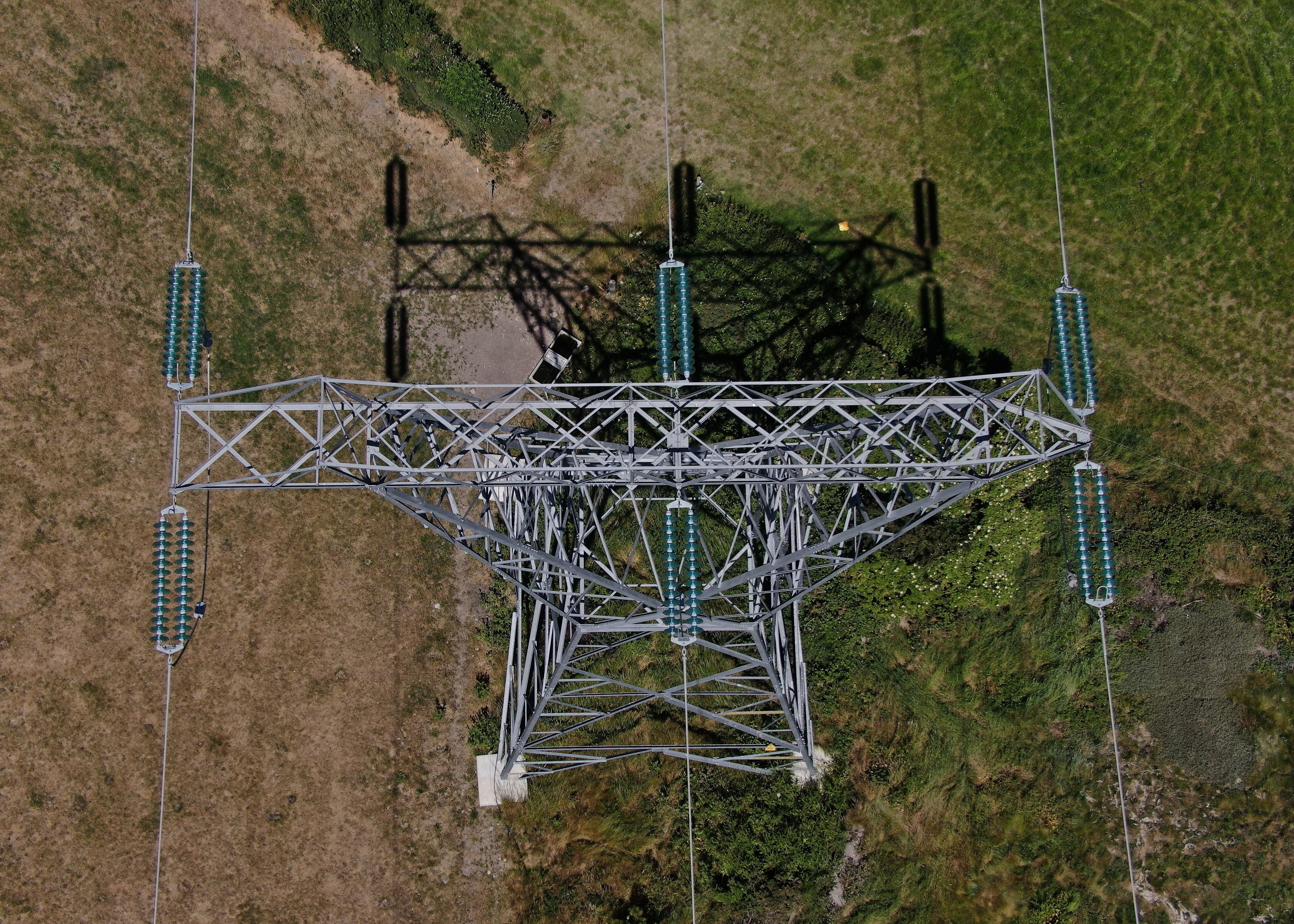
Using LIDAR technology, while producing a digital twin, allows us to easily identify objects that lie less than a set distance away from your energy asset. This gives you a clear reading on vegetation, or other unexpected foreign objects, that might be encroaching or coming in contact with your asset.
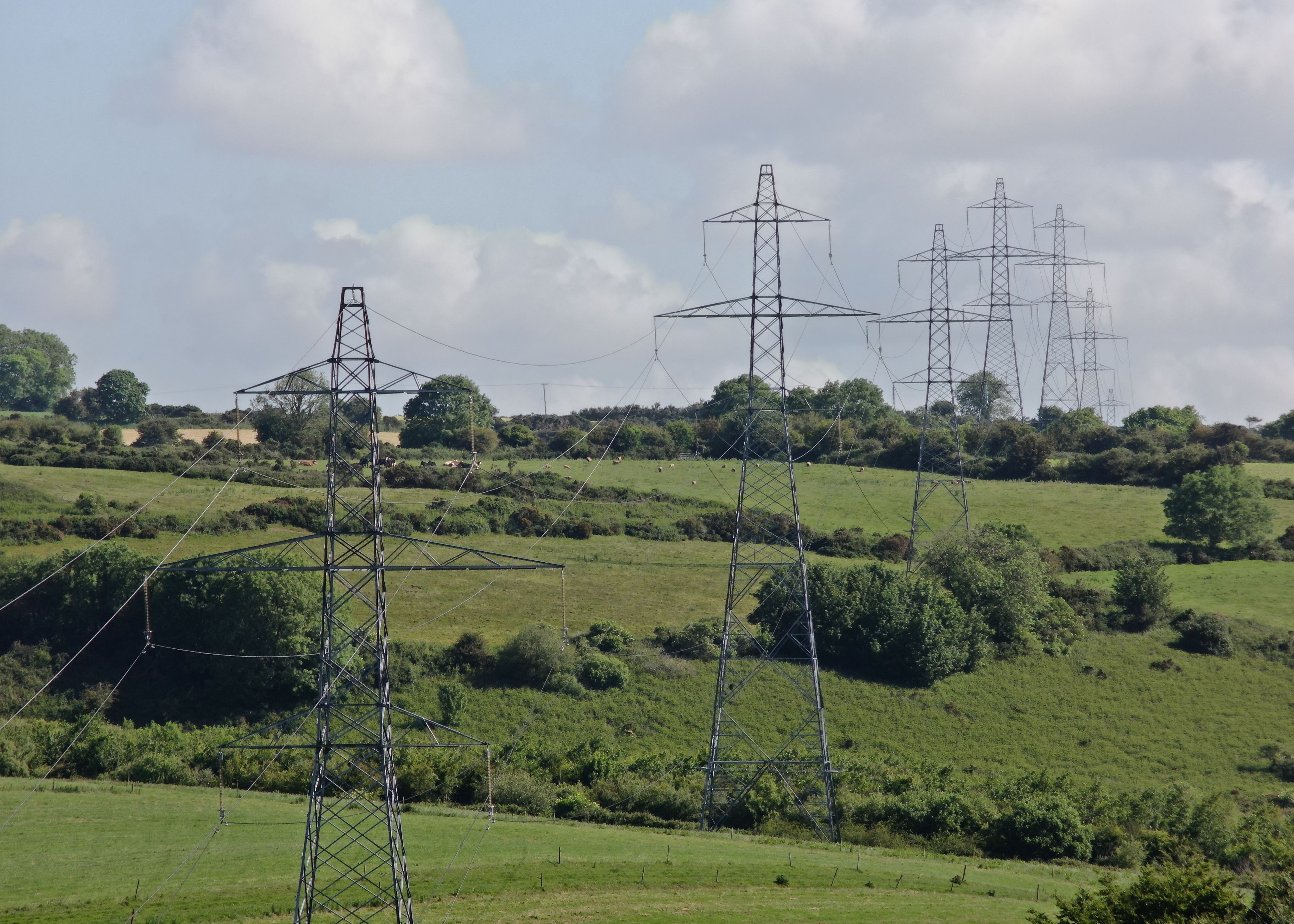
Our drones can capture the minute details of any object, without having to touch or even get close to it. Objects that once had to be shut down, climbed and traversed can now be inspected and monitored in real time more quickly, and with zero risk to personnel.
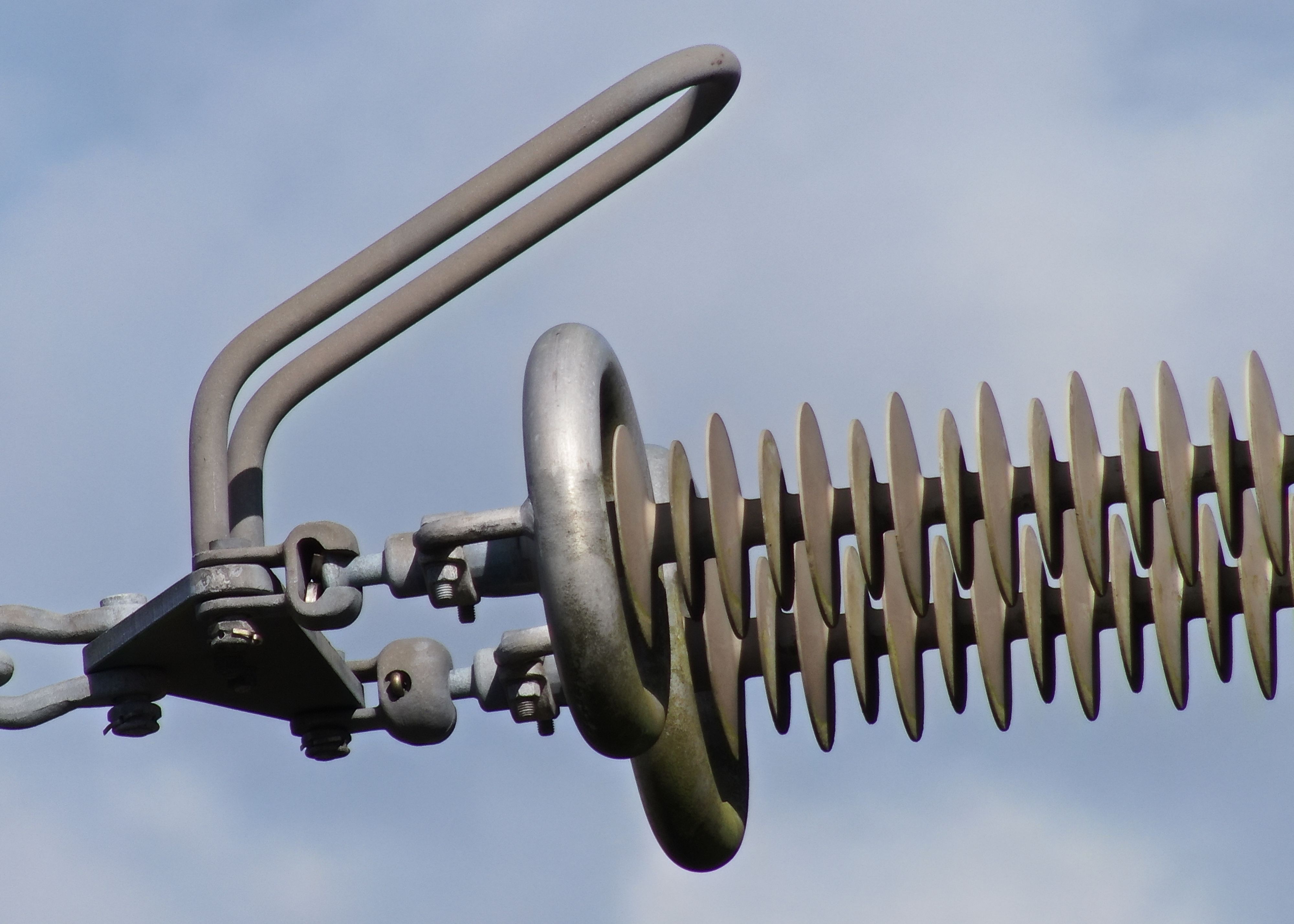
The use of drone 3D modelling technologies gives you the opportunity to inspect a digital twin of a power grid from the comfort of your office. This detailed replica can be inspected at a minute level, allowing you to make a record of any areas that are in need of attention. Issues such as poorly executed repairs, general damage and other potential weaknesses can be shared with your employees, suppliers and other shareholders at the click of a button.

The safety of your personnel and our own is paramount, and we place it at the forefront of our company culture. Ask us about our HSSE systems and practices.
We use cutting-edge technologies to detect problems that would otherwise be invisible. These include 4K ultra-HD photography/video, LIDAR and thermal imaging.
We understand that you need answers fast. We can deliver a plain-English report with clear-cut conclusions in days. Then, you can take the steps you need to and get back to doing what you do best.
Drone inspections take up less of your manhours and resources than traditional inspections, giving you a faster and more budget-friendly return on your investment.
Drone technology is cheaper, safer and more reliable than traditional methods such as scaffolding, cherry-pickers and ropes. It's also quicker and less labour-intensive. We will bring everything we need and be out of your way that same day.
Downtime is expensive, unpopular and inconvenient. Using a drone, our engineers can conduct a thorough survey with little to no downtime.
Need us there in a hurry? No problem. Let us know what you need, and we can be there on the same day. After all, sometimes the problem just won't wait.
Sometimes the brief can change even in real-time. If need be, you can be stood there right next to the drone operator, directing them as the situation develops.
Get accurate, high-definition, and real time data from our thermal, 4K, and ultra-zoom cameras, to a receiver on the ground. Watch the footage live or save it for later — giving you a clear record of your grid's status at a specific date and time. Since drones don't interfere with equipment, everything stays online during the inspection, unlike traditional methods.
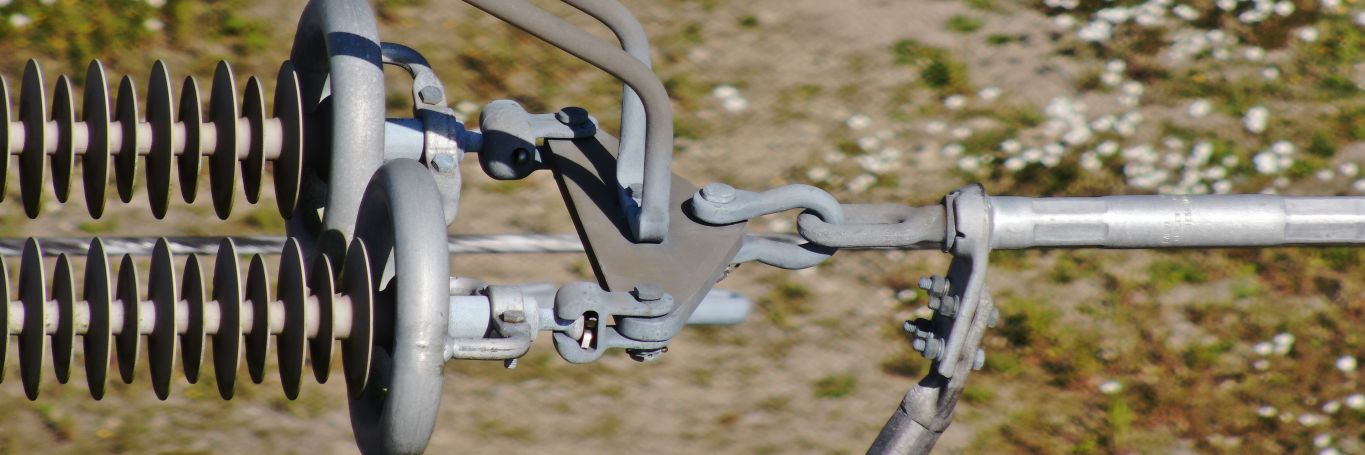
Drones help you spot faults before they turn into outages, saving time, money, and hassle. Engineers with Drones make data collection faster, safer, and simpler, so you can keep your power grid running safely and efficiently, without any potential malfunctions.
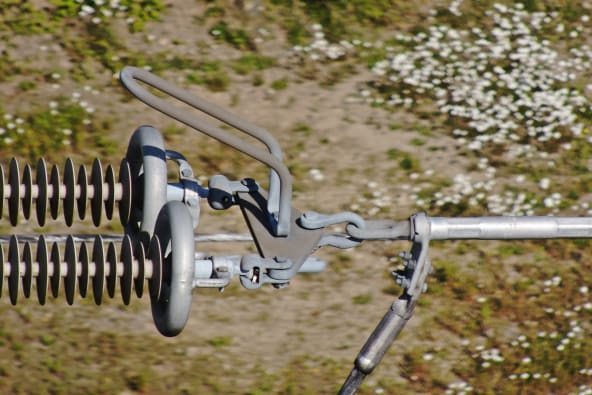
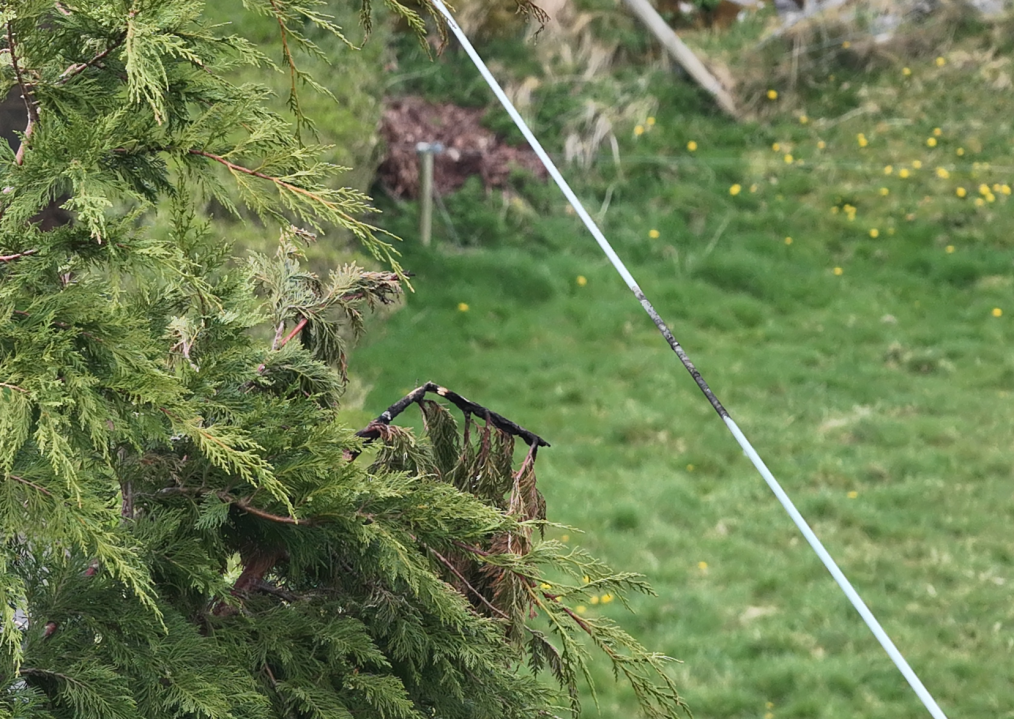
On the left is a tree, on the right is a live 10kV line. Clearly these two have been having a 'conversation'. This is the sort of issue we find with our drones for the ESB. We find them so they can be rectified before they become a bigger issue in the future.
Contact us



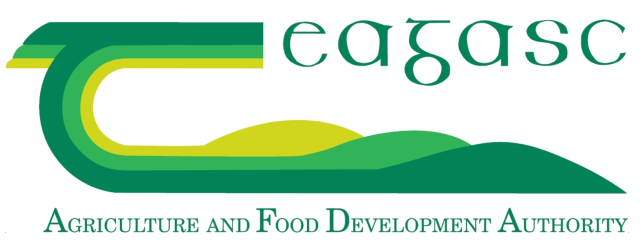


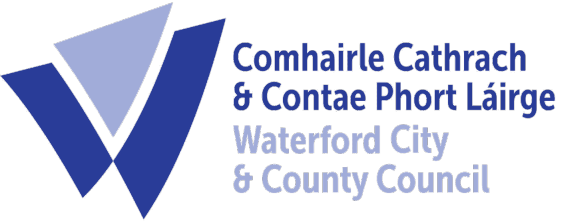

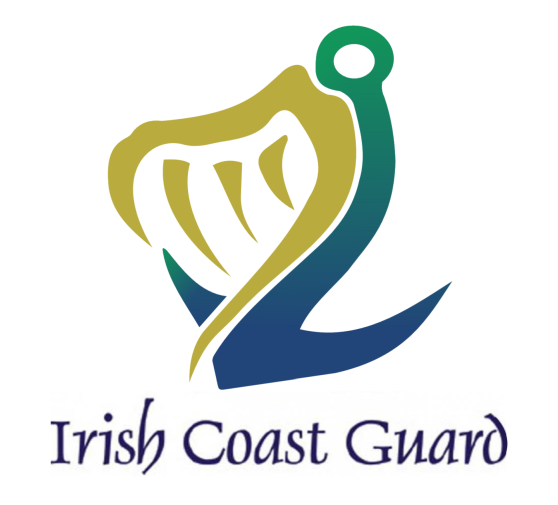
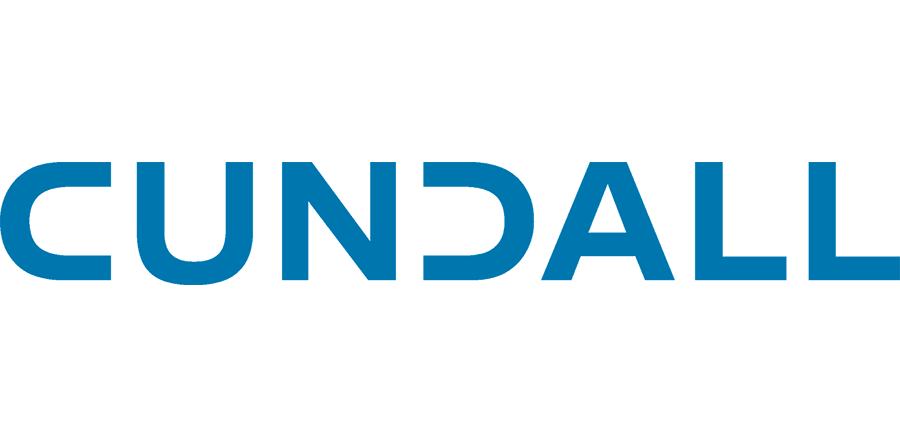



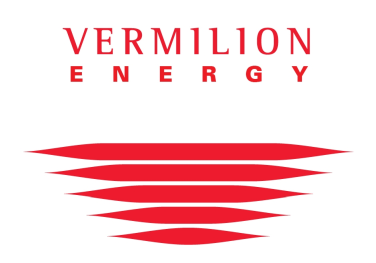

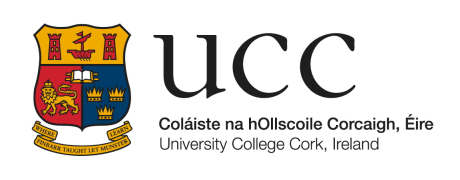












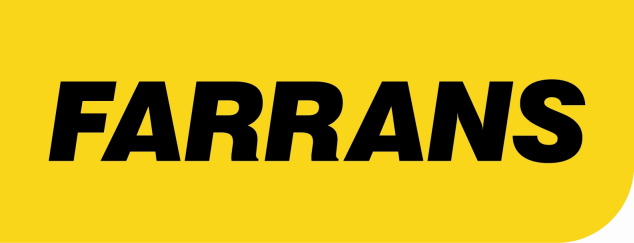
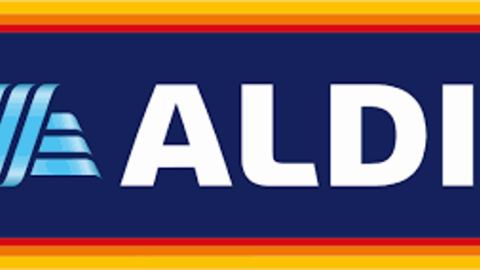






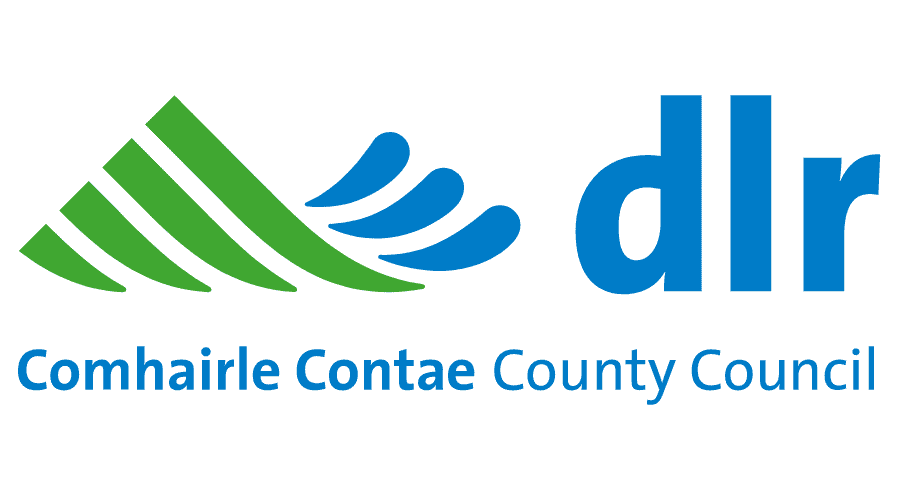









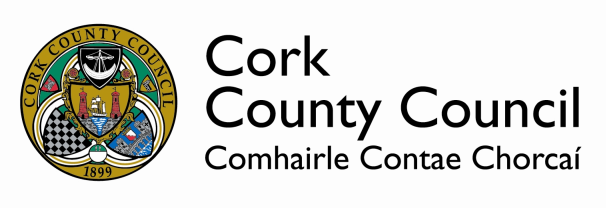






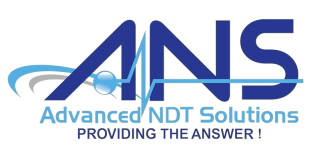


















































































































































Optical zoom is a feature found in cameras that allows you to change the focal-length of the lens, which in turn magnifies the image. Unlike digital zoom, which simply enlarges the pixels of an image, optical zoom physically moves the lens elements to zoom in or out, resulting in a higher-quality, more detailed image.
Optical zoom is better than digital zoom for several reasons. Firstly, optical zoom maintains the image quality and sharpness because it captures more detail from the subject. In contrast, digital zoom often results in a pixelated, blurry image because it enlarges the existing pixels of an image, which degrades the quality.
Secondly, optical zoom allows you to get closer to your subject without physically moving closer, which can be useful in situations where you cannot or do not want to approach your subject closely. This can be especially helpful for wildlife photography or for taking photos of events from a distance.
Overall, optical zoom is a valuable feature that can help you capture high-quality, detailed images from a distance, making it a must-have for many photographers.

UHD or Ultra High Definition signifies that a camera's resolution is 3840x2160 pixels. This is exactly four time higher than high definition cameras (1920x1080 pixels), and so UHD is often also know as 4K. More about drone photography...